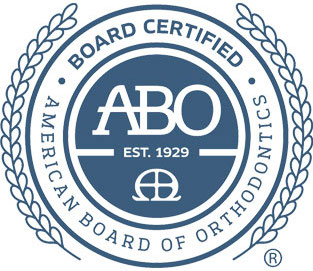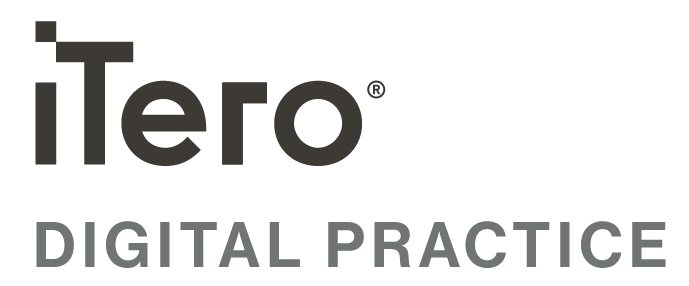With Invisalign’s SmileView™ tool, one simple selfie is all it takes to see how your smile could benefit from Invisalign® treatment! To get your results instantly, just smile, snap and send!
Scan the QR code or click the button below to get started!




Invisalign®, the Invisalign® logo and iTero®, among others, are trademarks and/or service marks of Align Technology, Inc. or one of its subsidiaries or affiliated companies and may be registered in the U.S. and/or other countries.